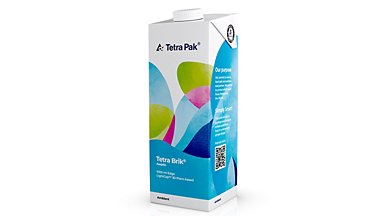Long shelf life. Safe protection. Efficient distribution.
Thanks to our decades of experience in aseptic technology, we can help you preserve the taste, appearance, textures and product quality of your liquid food or beverage for an extended period of time without the need for preservatives or refrigeration. In combination with aseptic processing, our packaging solutions enable your business to ensure a high standard of food safety while simultaneously reducing waste. As no refrigeration or preservatives are needed, aseptic packaging also allows for highly efficient, cost-effective transport chains as well as the possibility to reach consumers in more remote locations.
We offer seven different aseptic packaging systems, making it easy to select an attractive, practical option that suits your product and appeals to your consumers.
Long shelf life. Safe protection. Efficient distribution.
Thanks to our decades of experience in aseptic technology, we can help you preserve the taste, appearance, textures and product quality of your liquid food or beverage for an extended period of time without the need for preservatives or refrigeration. In combination with aseptic processing, our packaging solutions enable your business to ensure a high standard of food safety while simultaneously reducing waste. As no refrigeration or preservatives are needed, aseptic packaging also allows for highly efficient, cost-effective transport chains as well as the possibility to reach consumers in more remote locations.
We offer seven different aseptic packaging systems, making it easy to select an attractive, practical option that suits your product and appeals to your consumers.
How it works
Aseptic carton packaging allows distribution in ambient conditions. But how does this work, and how is packaging material sterilised prior to filling and sealing? Download our infographic to find out.
Everything you wanted to know about aseptic packaging
Aseptic carton packaging allows for distribution in ambient conditions, but to achieve this, everything in the production chain – including the product and the packaging material – must be commercially sterile. Our FAQ breaks down the most commonly asked questions around this technology.

















